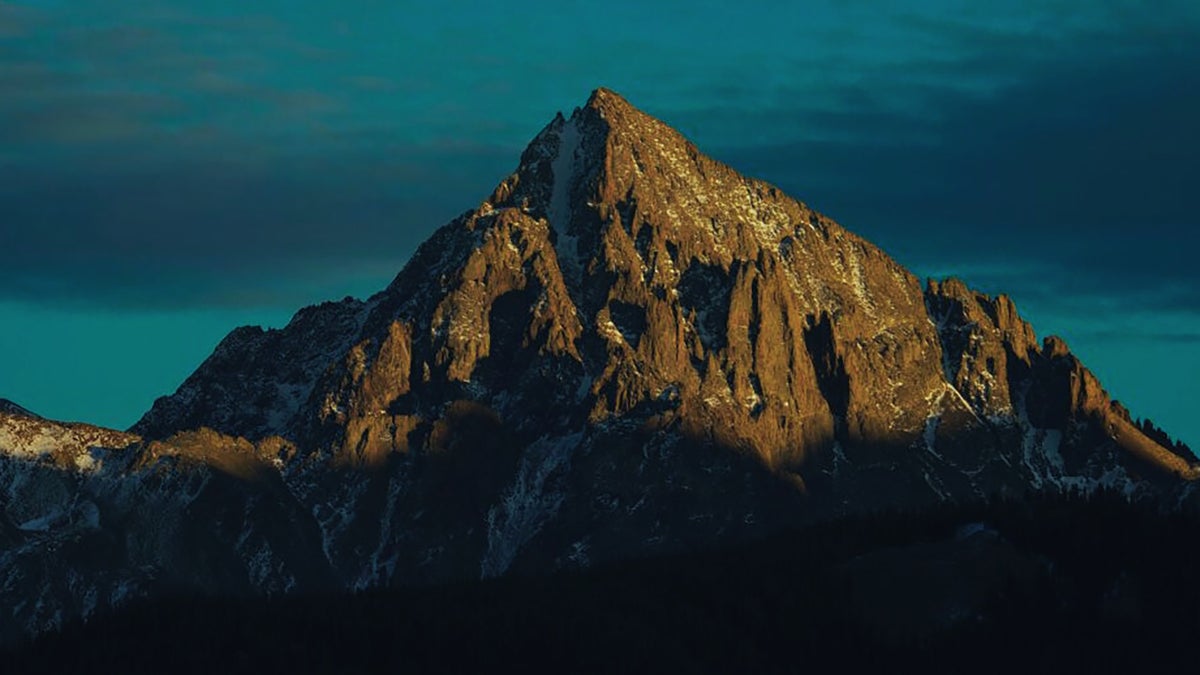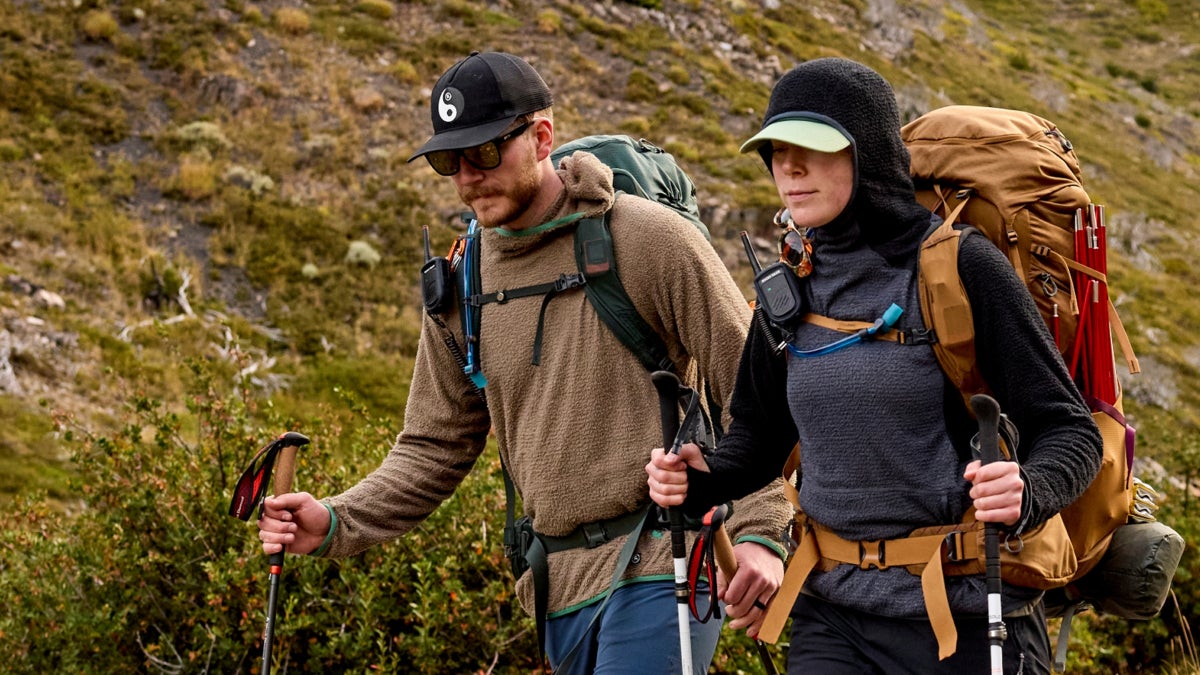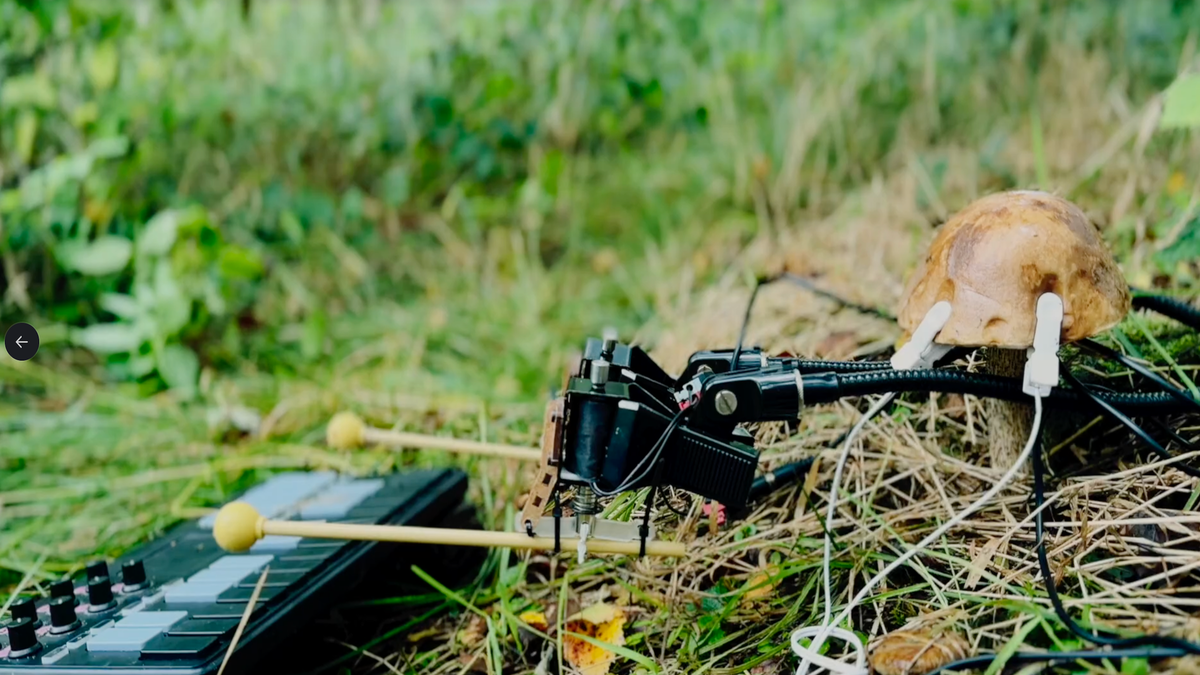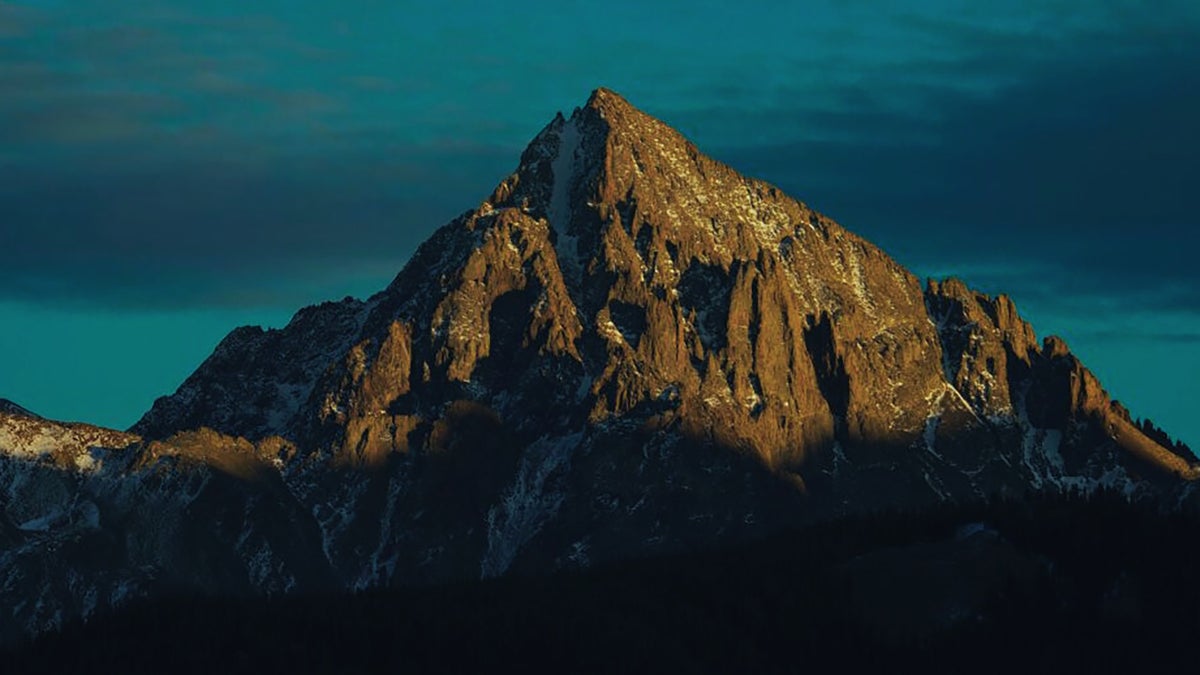
A hiker in Colorado is lucky to be alive after a quick-thinking friend used his belt as a lifesaving device.
According to a report from the Chaffee County Search and Rescue North (CCSAR-N), a group of hikers was ascending North Sheep Mountain near Buena Vista when one of them fell.
Located about three miles from town, the 12,427-foot mountain is steep, with some slopes approaching 45 degrees. Hikers hoping to reach the top must scramble up loose and technical terrain.
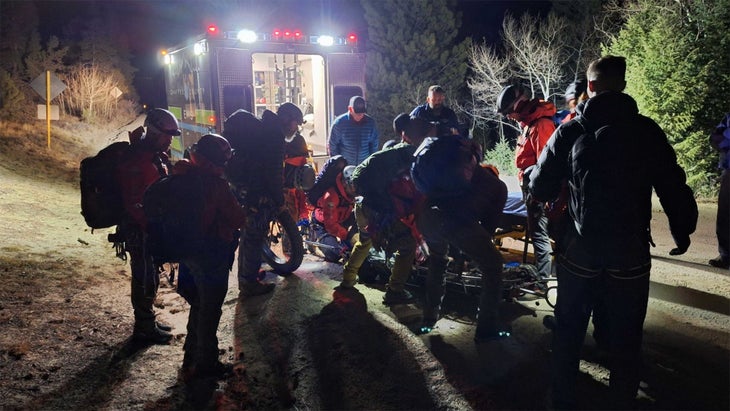
“There is no trail to the top of the mountain—it’s a total bushwhack,” Shane Bumgartner, a member of the CCSAR-N team told Outside. “You hike along the Colorado Trail at the base of the mountain and then just head uphill, and you enter into Class III and Class IV terrain really quickly.”
The group had ascended to approximately 10,000 feet when the accident took place. The falling hiker tumbled approximately 200 feet down the mountain, through loose and rocky terrain, before coming to rest in a head-down position. The hiker, whose identity was not released by authorities, suffered multiple injuries to his head during the fall. He came to rest on a steep slope of loose rock.
That’s when one of the other members of the group removed his belt and improvised a safety anchor.
“He tied his friend to a fallen tree to keep him from falling further down the mountain,” Bumgartner said. “Our SAR team has done ad-hoc things like this in the backcountry. But it’s not too often that you see other people do it.”
The improvised anchor was just one of the unorthodox elements of the rescue, Bumgartner said. CCSAR-N patrols the northern half of Colorado’s Chaffee County, which is the site of some of the state’s most iconic 14ers. Mount Princeton, Mount Yale, and the other Collegiate Peaks attract heavy foot traffic during the summer and fall. Slips, sprained ankles, and lost hikers on these trails keep CCSAR-N busy.
But North Sheep Mountain, Bumgartner said, is not a popular destination for visiting hikers.
“It’s not a heavily climbed mountain,” he said. “Locals sometimes climb it, but tourists from other parts of Colorado are rarely up there.”
The other unusual element of the rescue was the high level of danger that SAR members faced. After the hiker fell, other members in the group used a cellphone to call for help, and CCSAR-N received the SOS message just after sunset at 5:36 P.M.
The call kicked off a treacherous rescue mission that lasted long into the night. CCSAR-N split into two teams: One ascended to the group with ropes, safety equipment, and warming supplies. The other group waited a few hundred feet below with a rescue litter.
Over the next six hours, SAR members in the higher group conducted a multi-pitch evacuation down 1,600 vertical feet. The other hikers in the group also descended on foot.
The descent, however, created dangers for the SAR group below—rescuers and hikers knocked down rocks, which rained down on the lower group.
“There was rock falling all night long from the team trying to get him down,” he said. “Huge rocks flying all around us—people would scream ‘rock!’ and in the dark you’d hear these boulders slam into trees next to us.”
Bumgartner credited the group of hikers with having lights, coats, food, and water—essentials that kept them safe as they waited for rescuers.
But he also acknowledged that ascending steep terrain without knowledge of the peak contributed to the accident. Rescuers eventually loaded the injured hiker into an ambulance and departed the scene at 4:41 A.M., about 11 hours after receiving the call.
“It was an intimidating environment to operate in,” Bumgartner said. “It was terrifying for us.”
The post A Belt Saved an Injured Hiker During a ‘Terrifying‘ Rescue in Colorado appeared first on Outside Online.










